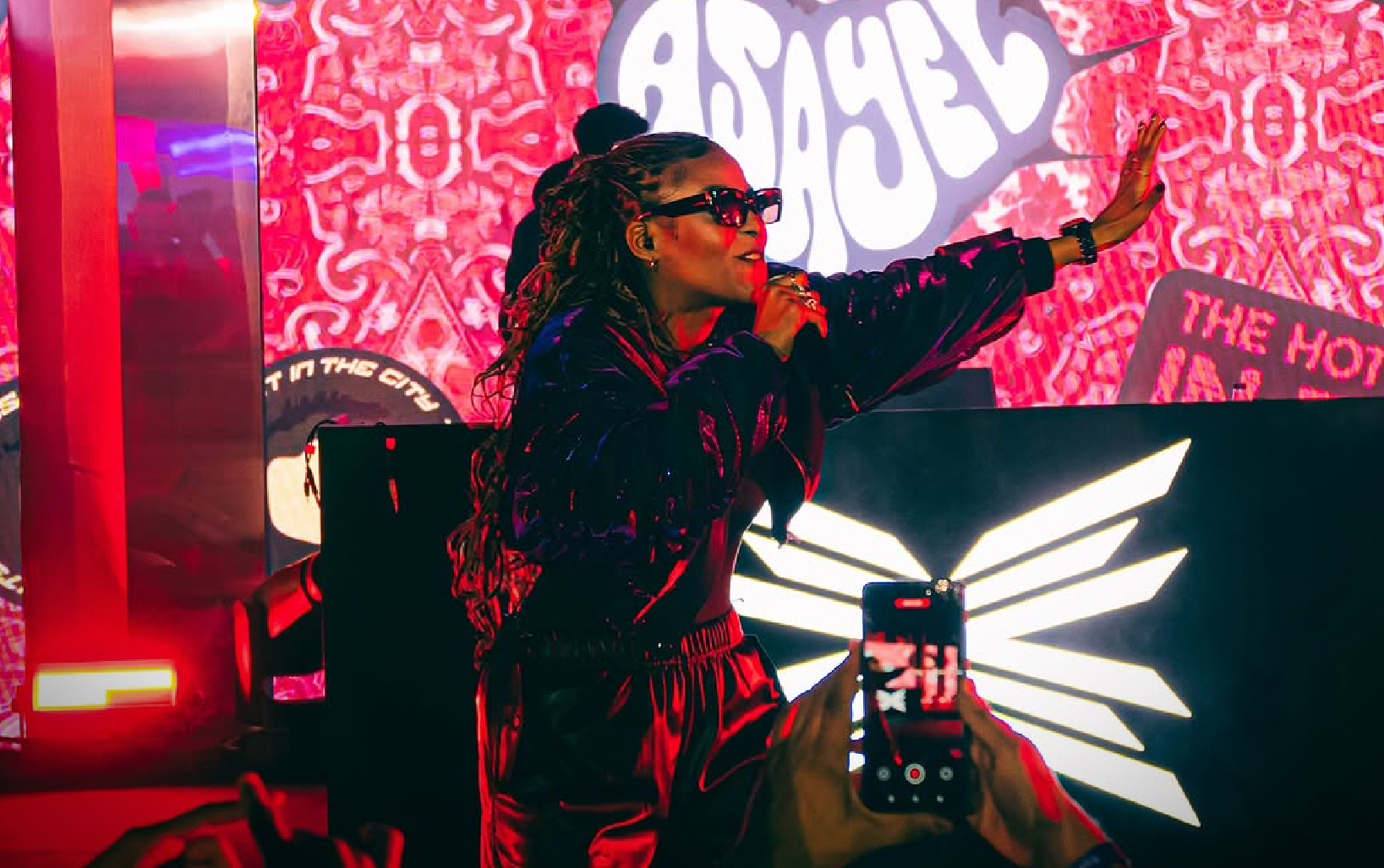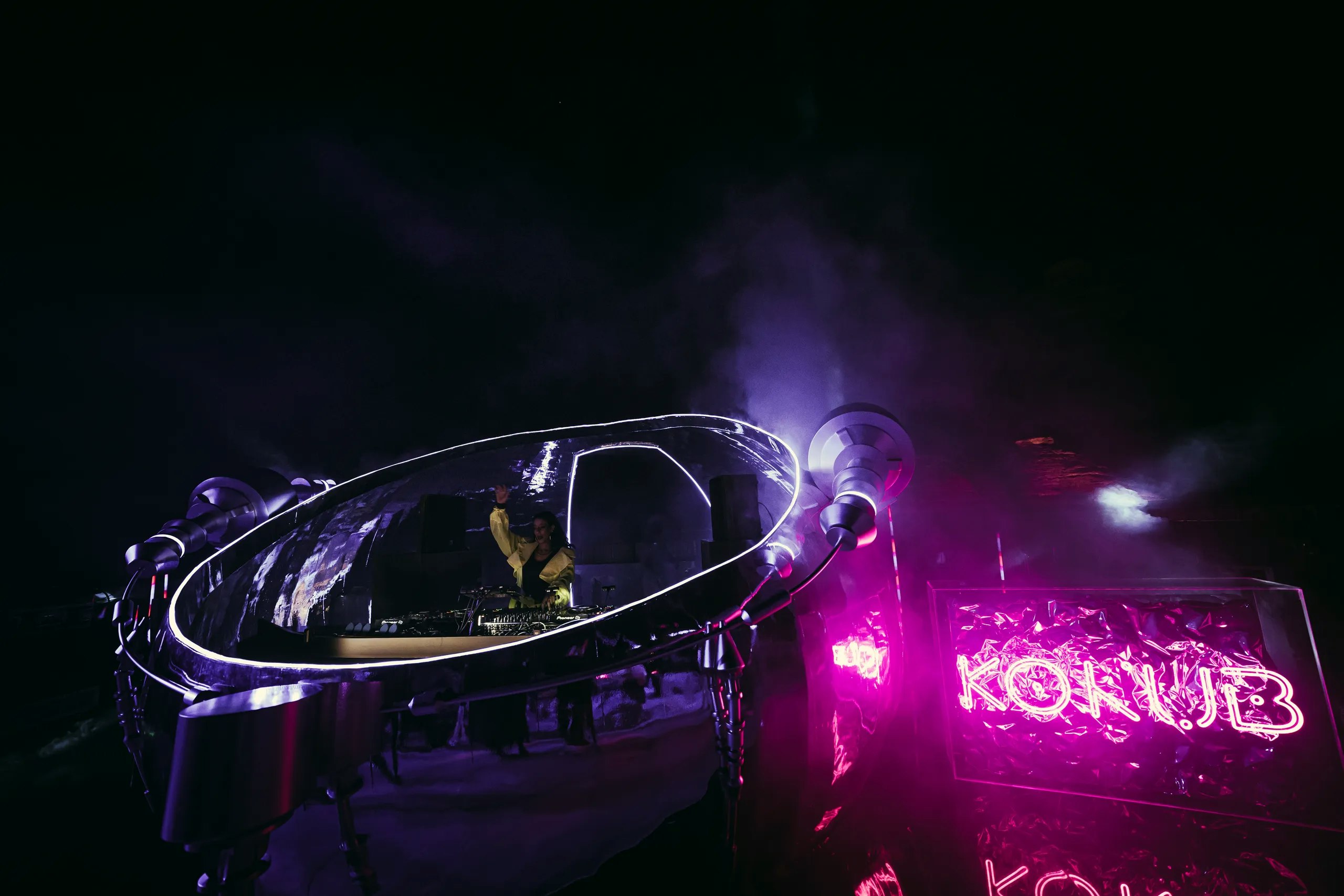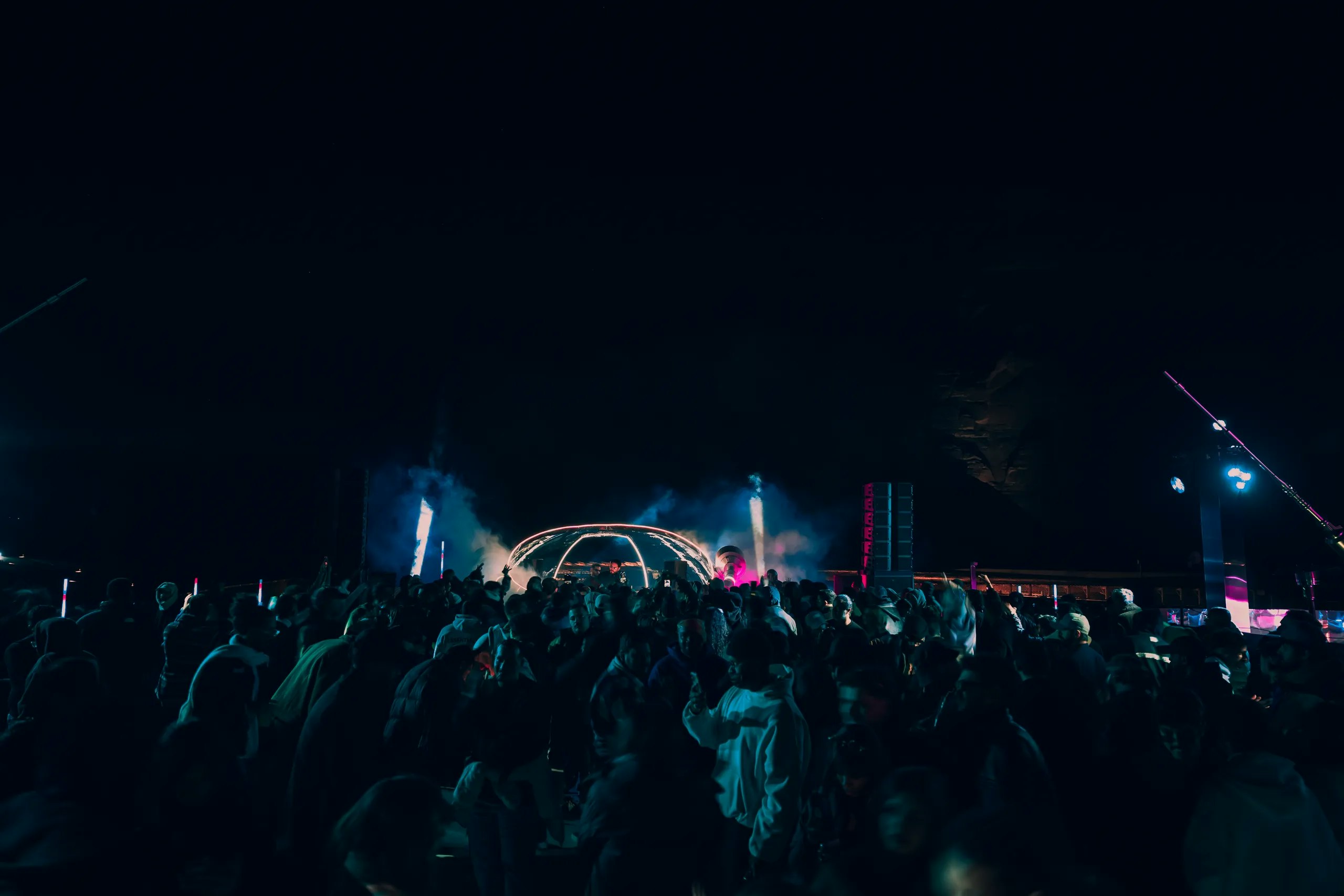

Barĩy and Beyond: Maurice Louca Ventures into Bold New Sonic Terrain
By Nour Ezzedine
June 02 2025
Barĩy and Beyond: Maurice Louca Ventures into Bold New Sonic Terrain
By Nour Ezzedine
June 02 2025
Maurice Louca has cemented his status as one of the boldest voices in the regional music scene today, carving a path defined by a continuous search for new musical languages. Louca embarked on his journey in the late 1990s playing with underground bands in his native Cairo, before developing his solo project that fuses electronic music techniques with folk and local influences.
Over the course of his career, Louca has released a string of works that have reshaped Egyptian experimental sounds. From his debut album Garraya to Benhayyi Al-Baghbaghan (Salute the Parrot) in 2014, whose unconventional use of instruments caught the attention of critics, and through many collaborative releases with Simsara Records, Louca has remained at the forefront of musical innovation.
Louca’s influence extends far beyond his solo projects. He’s a key figure in several experimental collectives like The Dwarfs of East Agouza and Lekhfa. The latter, a collaboration between Louca, Maryam Saleh, and Tamer Abu Ghazaleh, broke new sonic grounds with its 2017 album, which reimagined colloquial Egyptian poetry with warped electronic rhythms. Then came Elephantine (2019), which brought Louca together with jazz musicians from Italy, Sweden, and Germany.
Perhaps what most distinguishes Louca’s approach is his rare ability to transform traditional elements into finely crafted musical material, whether by reworking guitar textures or layering folk rhythms into electronic backgrounds. His broad network of collaborators, ranging from jazz players to oud virtuosos, underscores his deep commitment to bridging cultures and borders through sound.
After a prolific career of restless experimentation and innovation, Louca is now preparing to release his new album Barĩy (Fera). As with each new project, Louca approached this album as an opportunity to explore unfamiliar sonic terrains, guided by past experiences and his relentless desire to disrupt the familiar. As such, the new album is rooted in the same philosophy of free-spirited musical exploration and openness that has long defined Louca's body of work.
You’ve worked across many formats: solo, bands, film scores, collaborations like Bikya and Lekhfa. Tell us about your journey as a composer. How have your ideas about music-making changed over the years?
Maurice: I think what’s changed the most is that, over time, I’ve gotten a clearer idea about why I’m doing this and what drives me. At its core, music still feels like my preferred way to communicate with others and express myself.
You’ve mentioned before that you stumbled into electronic music accidentally while experimenting with guitar and effects. Tell us more about your beginnings. How did that phase shape your current approach to composition?
Maurice: When I found myself piling on effects on my guitar, I realized that my musical interests were shifting and that I needed new instruments to express myself and explore the sonic world that had taken over my mind. So, I started learning and experimenting with other instruments like the organ, synthesizers, drum machines, etc.
Your 2019 record Elephantine brought together 10 musicians from Europe and the Arab world. What was it like collaborating with such a diverse group of jazz musicians? How did it influence the album’s composition and spirit?
Maurice: Actually, it happened the other way around. I composed the piece first, and only then I started thinking about how to execute it. But obviously, writing for a relatively large group and diving into those musical experiences and working closely with the musicians in that setting was incredibly inspiring. It was a new experience for me at the time and left a big impact on me.
The Benhayyi Al-Baghbaghan Remixed album breathed new life into your older work, with contributions from producers like Julmud and El Kontessa. What did you discover through this reinterpretation of your original material? What struck you most about their takes?
Maurice: I’m incredibly grateful for that experience and for everyone who took part in it. I’m especially thankful to Sarah El Miniawy from Simsara: it was her idea, and she was the one who recommended the producers. It was amazing to hear my work reimagined like that, opening up entirely new emotional and sonic dimensions. I wasn’t concerned with anyone staying faithful to the original. I was just curious and excited to hear other people’s visions. And that, in itself, is a beautiful thing.
Let’s talk about the making of Barĩy (Fera). How did the concept of the “Fera” or “wild” influence the album’s overall feeling and sound? And was the process different compared to your previous records?
Maurice: It was more of a feeling than a stylistic choice. That sense of "Fera" came through once the album was complete and I could look at it from a clearer perspective. So, I wouldn’t say it shaped how the music was made or executed. What was different, though, was the amount of experimentation that was done on the tracks live on stage before recording. The same happened with Benhayyi Al-Baghbaghan, but unlike the latter, Barĩy involved deeper collaborations with other musicians. We put the pieces together over a longer period and right on stage.
Share this


